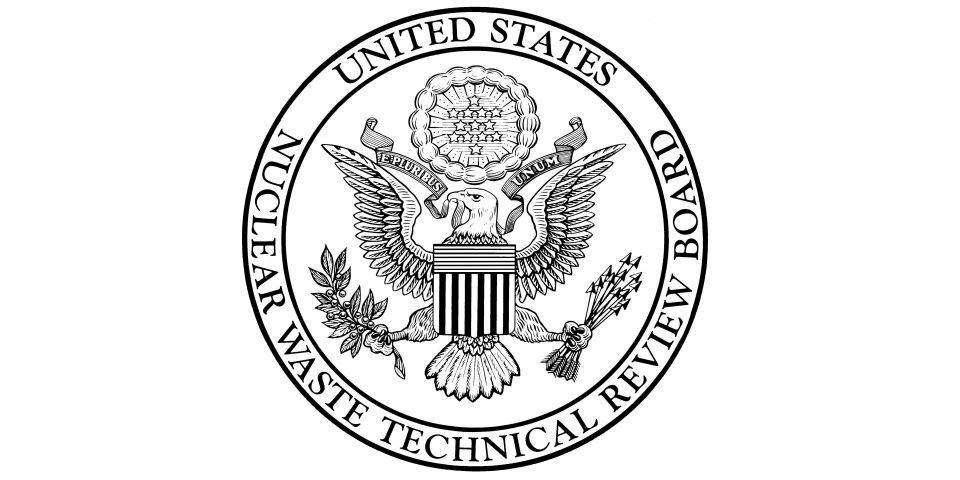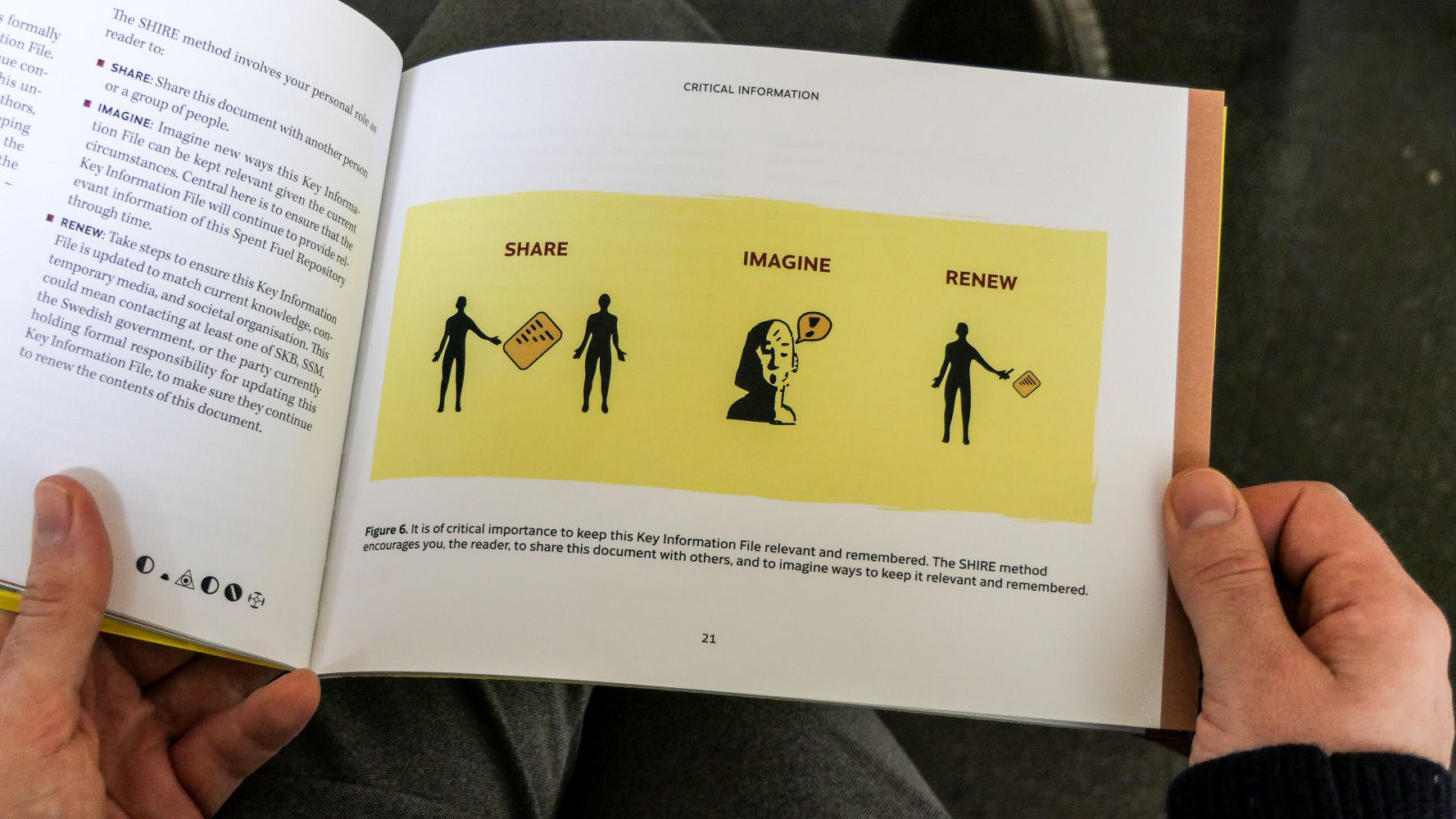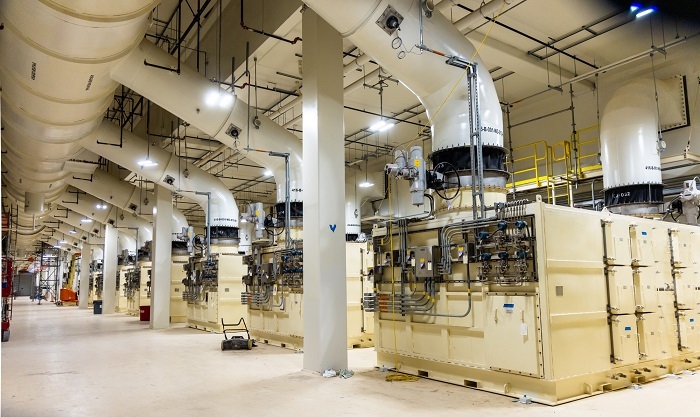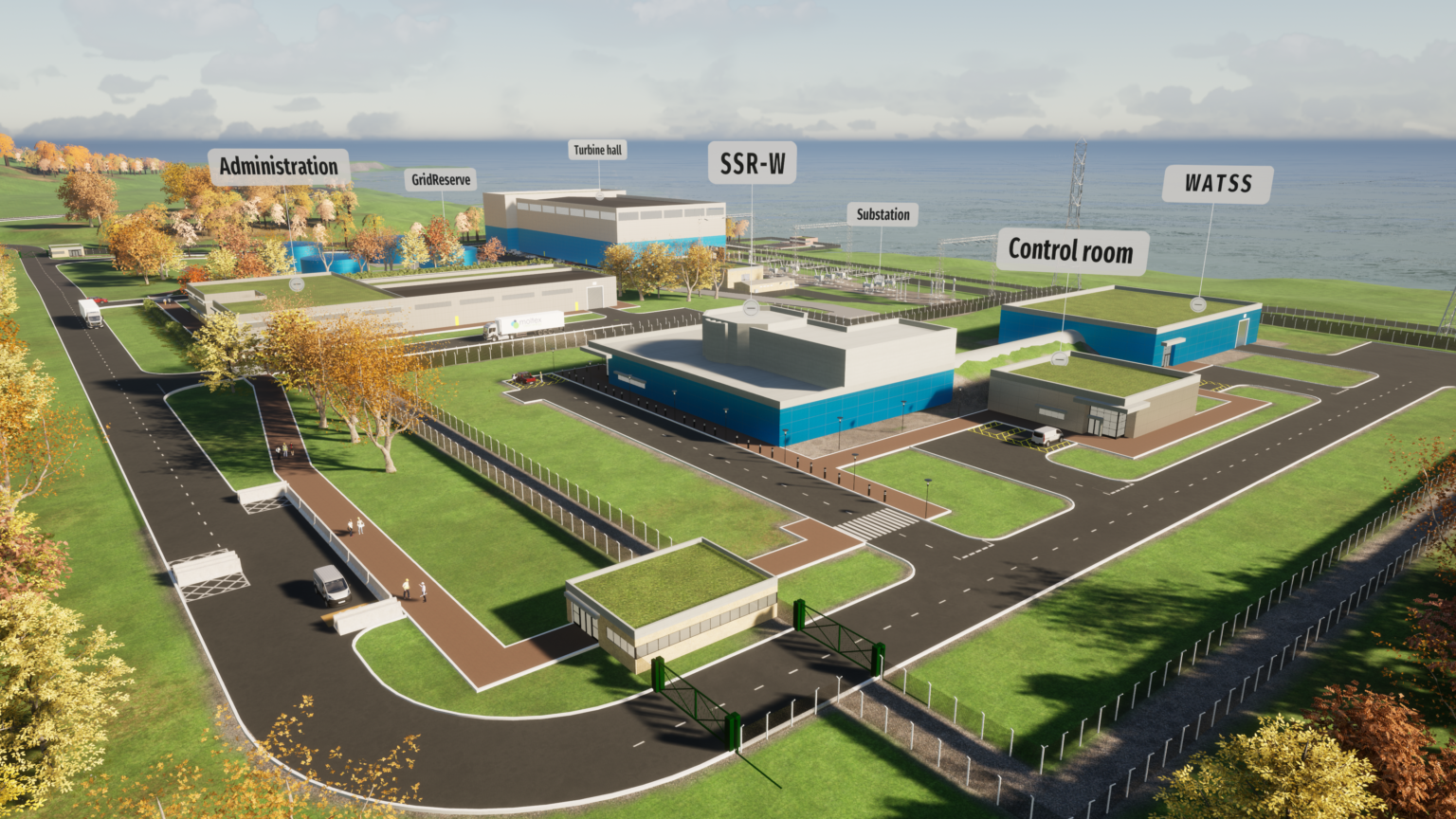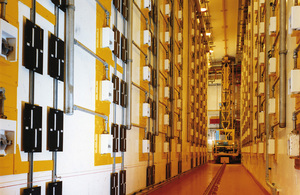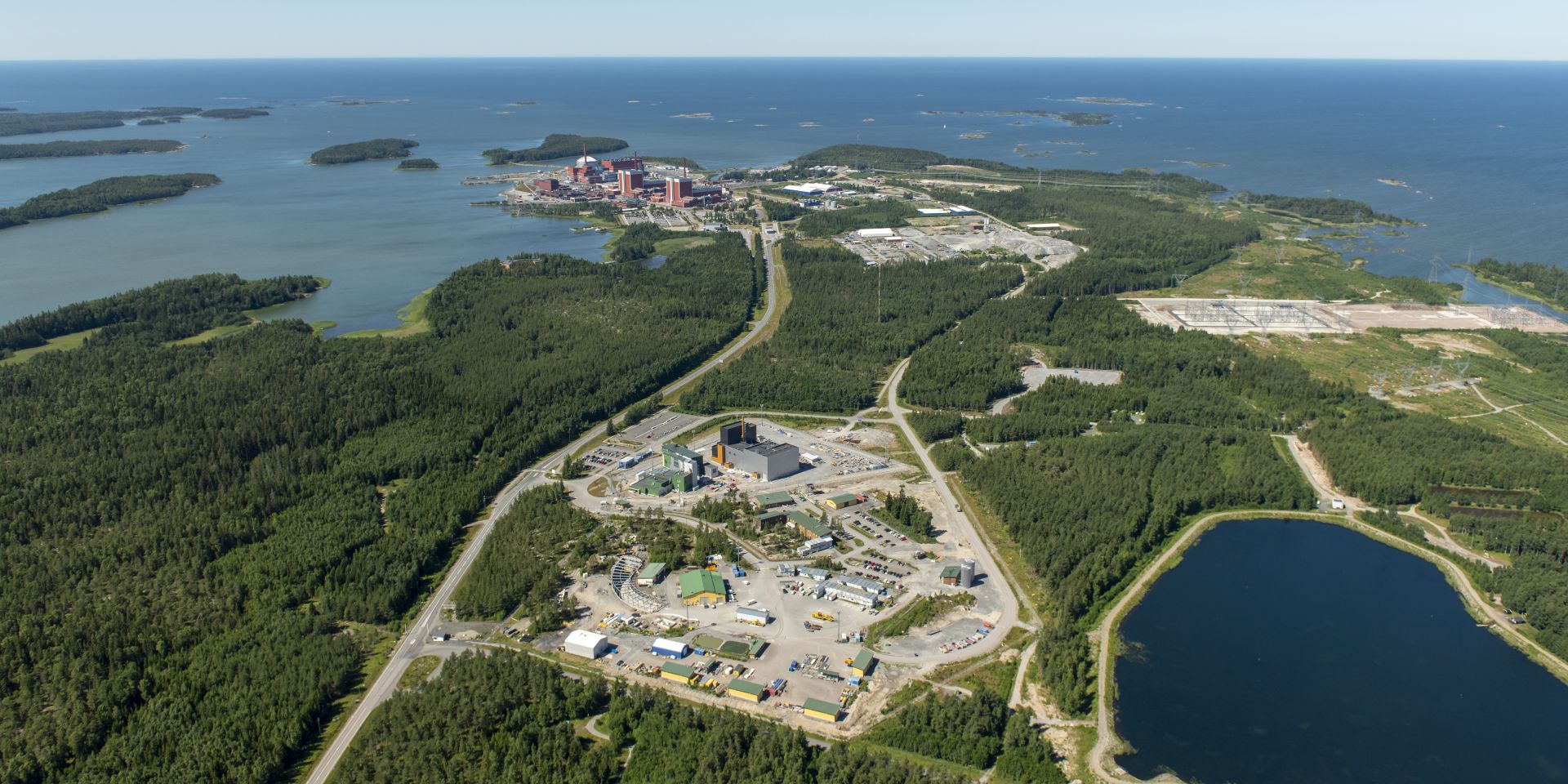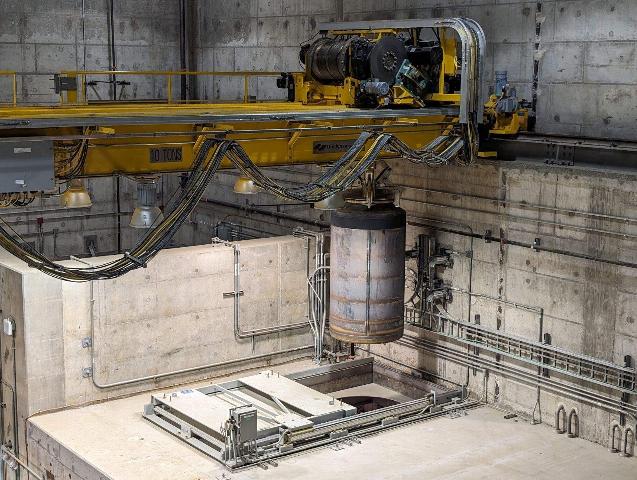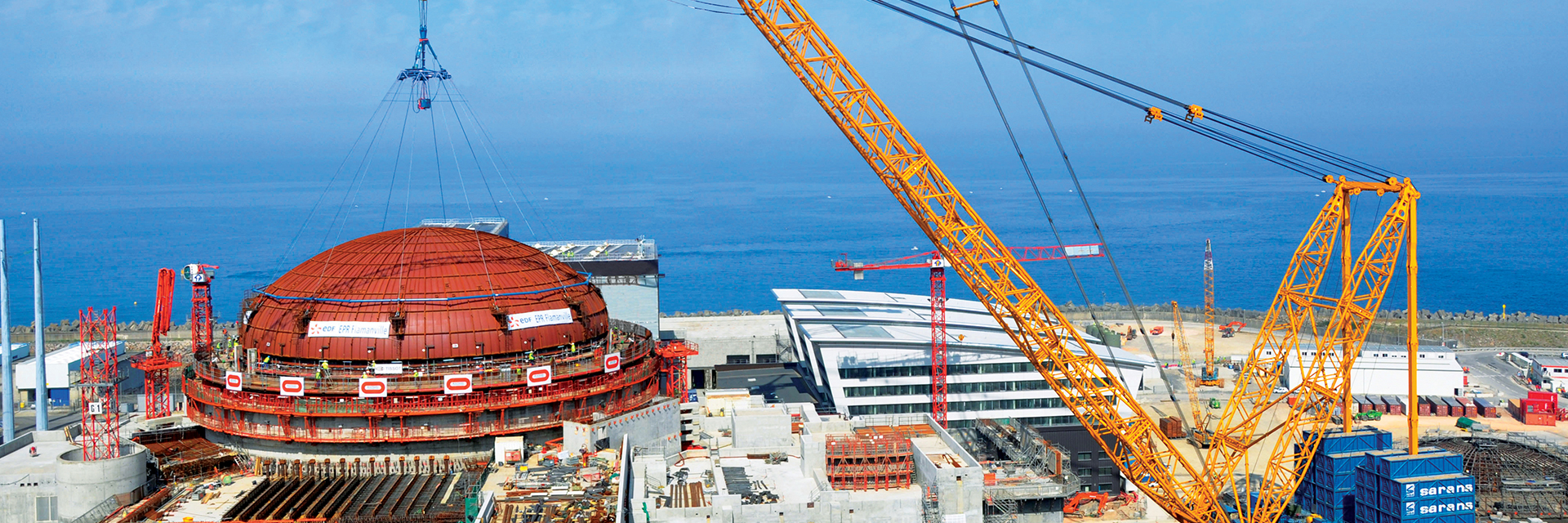An ICP worker supervises an evaluation of ultrasonic testing technology recently at the INL Site’s Advanced Mixed Waste Treatment Project. (Photo: DOE)
New ultrasonic testing equipment being used by the Department of Energy’s Idaho Cleanup Project (ICP) to confirm the integrity of thousands of legacy waste drums is saving taxpayers tens of millions of dollars, the DOE’s Office of Environmental Management announced.
The technology allows ICP personnel to inspect the thickness transuranic waste drums held in storage at the DOE’s Idaho National Laboratory Site, ensuring they meet Department of Transportation minimum thickness requirements to be shipped for disposal at the Waste Isolation Pilot Plant in New Mexico. According to DOE-EM, if drums meet the DOT thickness requirements, they can be loaded directly into shipping casks without the need for an expensive overpack container, leading to a minimum cost savings of $26 million.
OREM team members with the transport cask used to ship the legacy waste out of state for permanent disposal. (Photo: DOE)
Oak Ridge National Laboratory has successfully removed legacy radioactive waste stored for more than five decades, marking a significant cleanup milestone. The Oak Ridge Office of Environmental Management (OREM) and cleanup contractor UCOR processed and shipped highly radioactive source material, including radium-226 and boron, out of state for permanent disposal.
Deep Isolation’s Rod Baltzer and Deep Fission’s Elizabeth Muller. (Photo: Deep Fission)
Nuclear start-ups Deep Fission and Deep Isolation will collaborate on the management of spent nuclear fuel from Deep Fission’s advanced underground reactors under a memorandum of understanding signed by the companies.
Researchers at the University of Sheffield are exploring new cement technologies to safely encapsulate nuclear waste. (Photo: University of Sheffield)
The University of Sheffield announced that it has engaged in a new £1 million (about $1.29 million) research partnership with Sellafield Ltd., the U.K. Nuclear Decommissioning Authority, and the U.K. National Nuclear Laboratory that will seek to address some of the challenges of nuclear waste encapsulation by looking at new cement technologies to provide safe and reliable disposal solutions.
The KIF document is meant to engage the reader to share, imagine, and renew nuclear waste information. (Photo: Per Wistbo Nibell)
The preservation of records, knowledge, and memory is recognized as an important component of nuclear waste management, preventing future generations from unnecessary interference with a waste repository and supporting future societies to make informed decisions about such sites.
HEPA filters located within the Safety Significant Confinement Ventilation System facility at the Waste Isolation Pilot Plant. (Photo: DOE)
The Department of Energy’s Office of Environmental Management announced that it has completed the commissioning of a new, nearly $500 million, large-scale ventilation system at its Waste Isolation Pilot Plant, the DOE’s geologic repository for defense-related transuranic waste in New Mexico.
The U.S. Supreme Court. Front row, from left: Associate Justice Sonia Sotomayor, Associate Justice Clarence Thomas, Chief Justice John G. Roberts, Jr., Associate Justice Samuel A. Alito, Jr., and Associate Justice Elena Kagan. Back row, from left: Associate Justice Amy Coney Barrett, Associate Justice Neil M. Gorsuch, Associate Justice Brett M. Kavanaugh, and Associate Justice Ketanji Brown Jackson. (Photo: Fred Schilling, Collection of the Supreme Court of the United States)
The U.S. Supreme Court heard oral arguments on Wednesday in the Nuclear Regulatory Commission’s licensing of Interim Storage Partners’ consolidated interim storage facility in Andrews County, Texas. Both the NRC and ISP petitioned the Supreme Court to review a decision by the 5th Circuit Court of Appeals that invalidated the NRC-granted license for the facility. Those two cases were consolidated into one, NRC v. Texas, which was heard by the court.
Concept art of Moltex’s SSR–W and WATSS facility. (Image: Moltex)
Advanced reactor company Moltex Energy Canada said it has successfully validated its waste to stable salt (WATSS) process on used nuclear fuel bundles from an unnamed Canadian commercial reactor through hot cell experiments conducted by Canadian Nuclear Laboratories.
Aggregate is delivered by rail to the U.K.’s Low-Level Waste Repository site. (Photo: NWS)
Nuclear Waste Services (NWS), which manages the disposal of the United Kingdom’s low-level radioactive waste, announced this week that a major milestone has been reached at its Low Level Waste Repository in West Cumbria, England, as work begins on the final capping of legacy disposal trenches and vaults at the site.
The nuclear fuel reprocessing plant product store at Sellafield. (Photo: NDA)
The United Kingdom’s Nuclear Decommissioning Authority has announced that it will establish a Plutonium Ceramics Academic Hub with the Universities of Manchester and Sheffield. The announcement follows a decision by the U.K. government in January to immobilize the country’s inventory of civil separated plutonium at the Sellafield nuclear site, mitigating the material’s long-term safety and security risks.
A rendering of a possible geologic disposal facility on the coast of northwest England. (Image: NWS)
The U.K. government’s Nuclear Waste Services said it has identified three “areas of focus” in its search to find a suitable site and a willing community to host a geologic disposal facility (GDF) for the country’s most hazardous radioactive waste. The areas are within three communities currently involved in the siting process—Mid Copeland and South Copeland in Cumbria, and East Lincolnshire, England.
The site of the Onkalo deep geological repository in Finland, with the Olkiluoto nuclear power plant in the background. (Photo: Posiva)
Finland’s Radiation and Nuclear Safety Authority (STUK) stated that if everything goes well, it can complete the assessment of the operating license for the country’s deep geologic repository for spent nuclear fuel “well before the end of the year.”
Testing is conducted at the Hanford Site’s Waste Treatment and Immobilization Plant. (Photo: DOE)
The Department of Energy has agreed to hold a 30-day review and comment period on a draft environmental analysis associated with a proposed plan for retrieving, grouting, and transporting some of Hanford’s low-activity tank waste for out-of-state disposal.


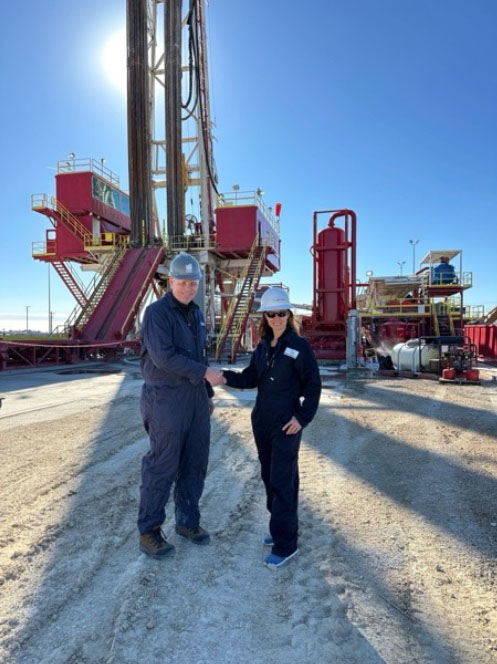.jpg)

